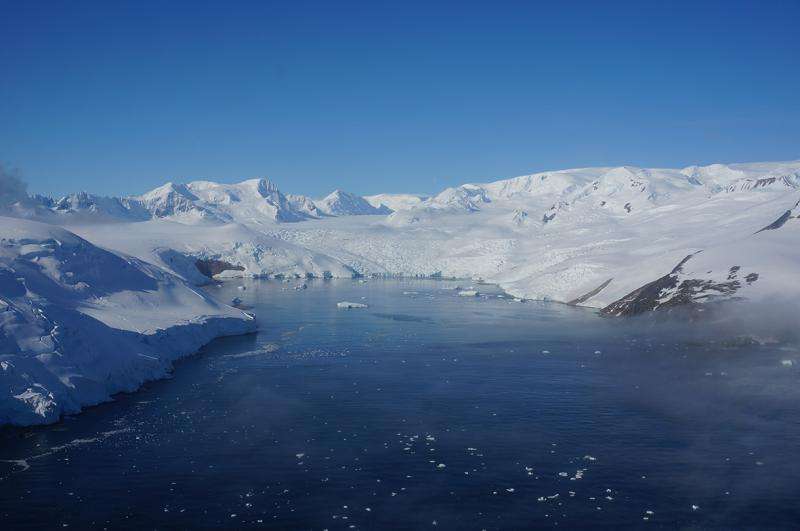Geodesists visualize the ice-mass loss of Antarctica

The Antarctic ice sheet, with a thickness of up to 4800 meter, has lost mass in the recent years. This was confirmed by a variety of scientific studies. Scientists of the Institut für Planetare Geodäsie of TU Dresden now visualize the ice-mass loss: The interested public and scientific community can follow the Antarctic ice-mass changes month by month and divided by regions. For this, Prof. Martin Horwath and his team analysed data of the German–US American satellite mission GRACE. This mission determines small changes of the Earth's gravity that originate from masses increasing or decreasing in different areas.
In the framework of the "Climate Change Initiative" ESA commissions scientists to make climate-change related satellite data accessible to a broad user community. Within such an ESA project the geodesists from Dresden refined the analysis of the GRACE data and, thus, improved the accuracy of the results. Additionally, they developed an interactive data portal that can be navigated intuitively. Not only scientists but also the interested public are given the opportunity to access this information.
From 2002 to the beginning of 2016, the mass of the Antarctic ice-sheet decreased on average by about 100 gigatons a year. This mass loss equals 100 cubic kilometers of water. If this water volume was evenly distributed over the total area of Germany the resulting water layer would be 28 centimeters thick – every year. This would translate into 0.27 millimeters over the ocean corresponding to 9% of the global mean sea-level rise.
Provided by Dresden University of Technology


















